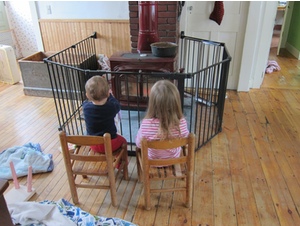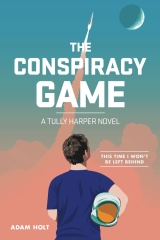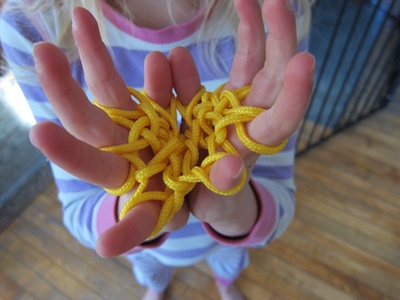Unemployment
/Unemployment
This has been the year of transition, most of it good, but some of it downright difficult. For many years my husband, Dave, and I shared the role of working-parent and stay-at-home parent. Looking back, I realize what a privileged set-up that was. Dave worked three longs days, I worked two long days, and we each had full days at home with the kids. We also worked evenings and weekends to keep up with our respective workloads, which meant we barely had time for each other. But we agreed it was worth it in exchange for the time we had with our young children and the money we saved on childcare expenses.
When we decided to leave D.C. in order to raise our kids in rural Vermont, Dave left his job to stay home with the kids and I began telecommuting full-time. Being the sole working parent was challenging for me, but we gained a much more balanced family life. We no longer had to constantly juggle schedules based on whose meetings were deemed more important on a given day. Weekends were open for gardening, long walks, or just lazing around, and Dave and I had evenings to ourselves.
Then my job ended. Suddenly, we were two unemployed parents. Of course the main concern was financial. How long could we last on savings? What would we do without health insurance? Would we have to move again, or even worse, move in with one of our parents? It took a lot of energy to keep the panic at bay. But most of the time, we were able to maintain our faith that we would find a way to make it work. The real challenge was that we were both at home. All day. Every day.
The first several weeks of our unemployment were great as we focused on the silver lining. We reveled in our free time and made list after list of projects we could accomplish around the house while we regrouped. But as reality set in, free time was devoted to job hunting and we went into a budget freeze; there would be no home improvement without any income. We felt aimless and unproductive. Not knowing how long our unemployment would last, we hesitated to make long-term plans or take on new commitments. We struggled to create a daily routine that worked for both of us.
While Dave and I are extremely compatible, we discovered during those months of unemployment that without purpose or structure (beyond feeding, clothing and transporting small children), we get in each other’s way. My typical afternoon at home with the kids involves getting everyone settled for their quiet time as quickly as possible after lunch, and then jumping right into prepping for dinner, checking email, and finally, if time allows, sitting down with a cup of tea to read my favorite blogs before the baby wakes up.
When Dave is also home, however, he has a habit of emerging from the office as soon as I start in on my rest-time routine. He wanders into the kitchen to get milk out of the refrigerator just as I need to get to the cheese. Then he moves over to the counter to lean against the silverware drawer, waiting for coffee to brew… and blocking my access to the spatula. Even after he returns to his desk, he’ll wander back to the kitchen minutes later to run his latest Amazon order by me, unaware of the fact that I am desperately trying to focus on the next step of the recipe before the sautéing onions burn. My frustration spikes and I snap, “I don’t care about a bulk order of laundry detergent and peanut butter - I just want to get dinner made. BY MYSELF!” Turns out I need my quiet time as much as the kids do.
Under normal circumstances – such as one or both of us working – Dave’s calm demeanor is a perfect match for my more intense energy. He keeps me grounded and gives me perspective. I welcome the change of pace on weekend afternoons when we relax with our coffee by the woodstove. But when Dave wanders in and out of my routine every day, our natural balance feels more like a clash.
Perhaps we would have eventually found our groove, though I imagine the stress of long-term unemployment would have made that difficult. Fortunately, jobs did turn up and we are both working again. The balance has been restored. I get to power through making dinner - uninterrupted - on my afternoons at home and Dave can enjoy his coffee break in peace. We discuss Amazon orders in the evenings. The silver lining of unemployment definitely wasn’t the freedom of both of us at home. Instead, it was gaining an appreciation for having work – not just for the obvious financial component – but for the structure and independence it allows both of us each day.






























